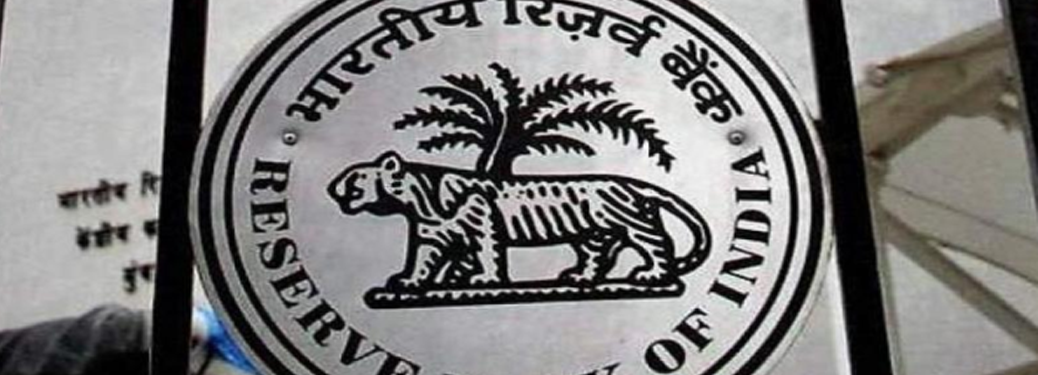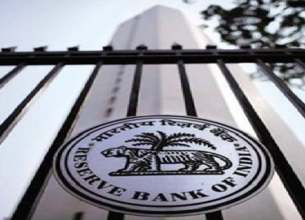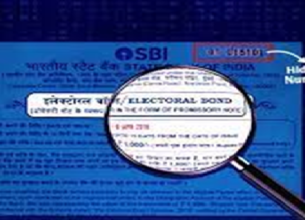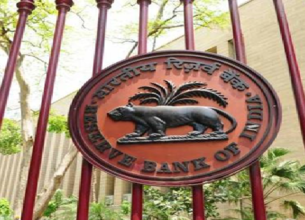OPERATION TWIST
27, Apr 2020

Prelims level : Economy
Mains level : GS-II Government Policies and Interventions for Development in Various Sectors and Issues Arising out of their Design and Implementation.
Why in News?
- The Reserve bank of India has decided to bring back its bond swapping programmed billed as India’s Operation Twist with an aim to help monetary transmission. The RBI said that it will conduct purchase and sale of government securities under open market operations (OMO) for Rs10,000 crore each on 27 April.
Operation Twist:
- Operation Twist is the name given to a US Federal Reserve monetary policy operation, which involves the purchase and sale of Government Securities to boost the economy by bringing down long-term Interest Rates.
- Operation Twist normally leads to lower longer-term yields, which will help boost the economy by making loans less expensive, while saving becomes less desirable because it doesn’t pay as much Interest.
Functioning of Operation Twist by RBI:
- This operation involves buying and selling government securities simultaneously in order to bring down long-term interest rates and bolster short-term rates.
- There is an inverse relationship between the bond prices and their yields. As the central bank buys long-term securities (bonds), their demand rise which in turn pushes up their prices.
- However, the bond yield comes down with an increase in prices. Yield is the return an investor gets on his (bond) holding/investment.
- The interest rate in an economy is determined by yield. Thus, lower long-term interest rates mean people can avail long-term loans (such as buying houses, cars or financing projects) at lower rates.
- This also results in a dip in the expected returns from long-term savings which tilts the balance from saving towards spending. Hence, cheaper retail loans can help encourage consumption spending which is the largest GDP component in the Economy.
















